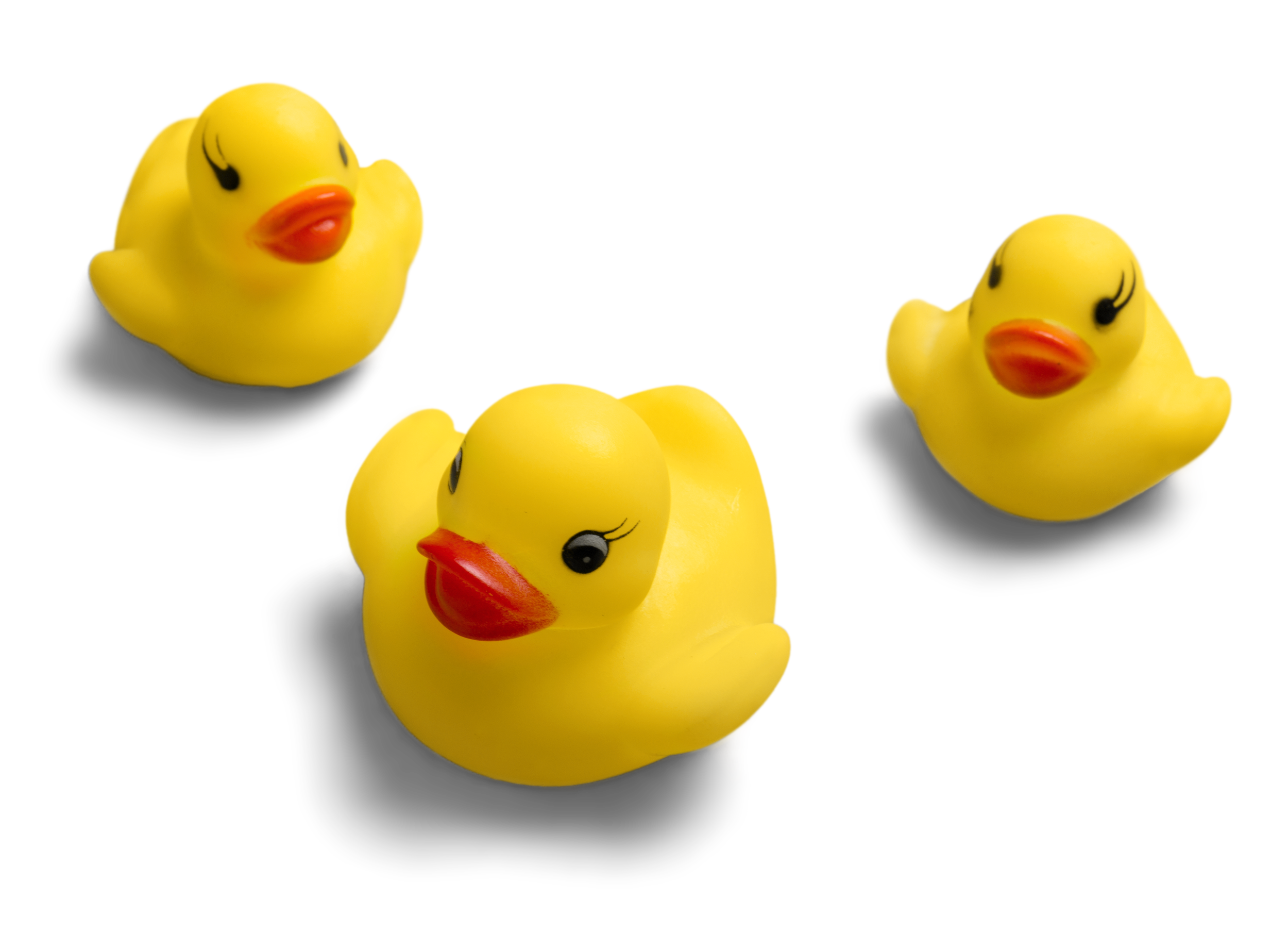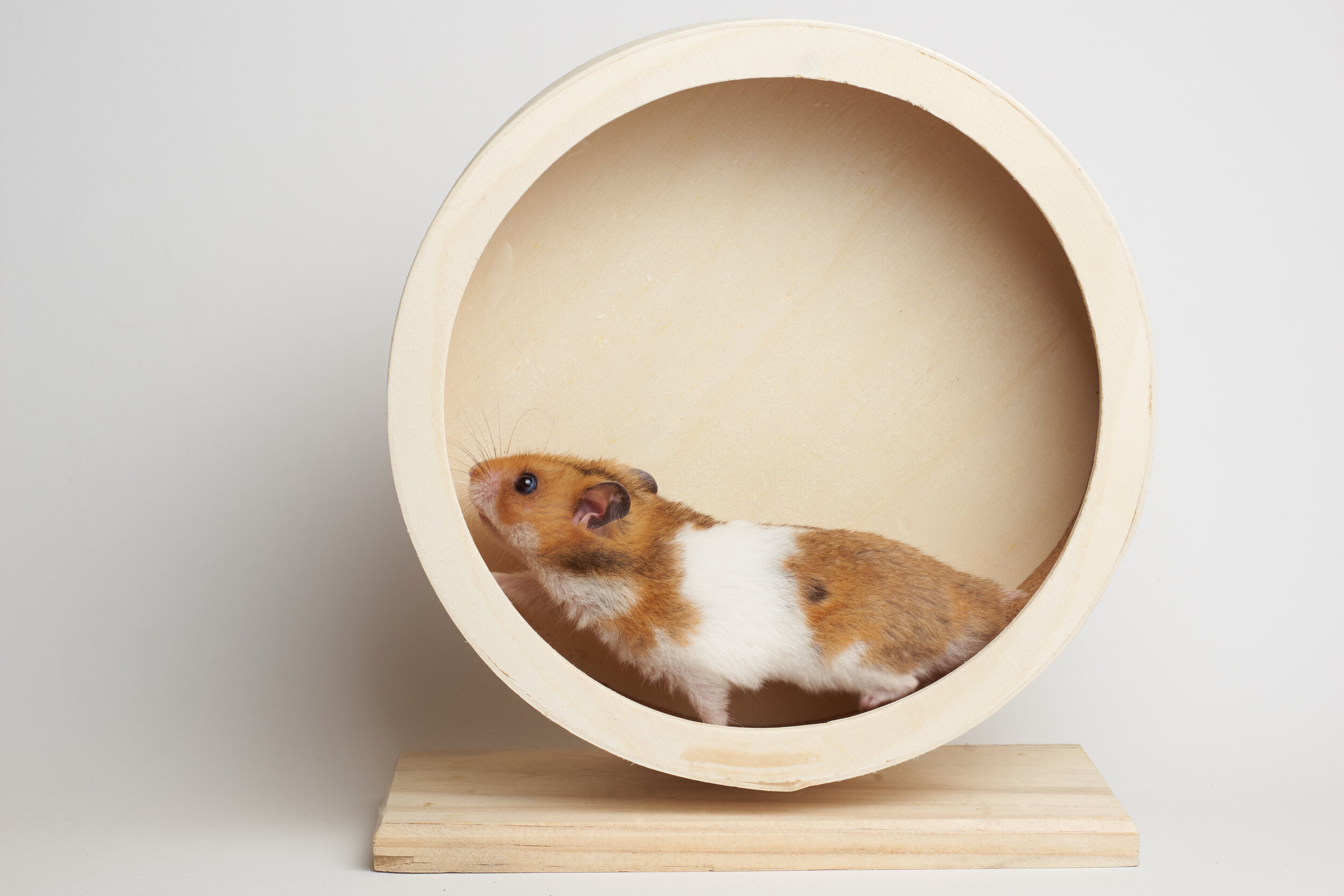
Step Three
Get your ‘Ducks in a Row’
Most subject teachers send out revision emails to pupils and their parents/guardians with an outline of all the things they’ll need to study. These are useful, but just like the exam timetable, can be quite overwhelming. Especially when you consider you’ll receive an email for each of the subjects they study.
This step is designed to help you do something with the information on those emails and any other study tips your teen receives.
As a cultural reference Get Your Ducks In A Row is probably lost on our teens. It's more for us. But the whole point of this step is for your teen to see what they could study?
Activity:
1. Collate all the potential study subjects you and your teen have from school and get them to put each study idea onto an AMBER sticky-note (in rows by subject) and stick it on the wall. Get them to arrange the rows in subject order – from the soonest to the last exam.
They should end up with a number of rows (getting your ducks in a row) and it might look a lot.
Don’t panic! This step is designed to show them what they could study.
POWER TIP: At this point, you might be wondering if there really is enough time to study everything. To find out, you could:
Multiply the number of hours of space on your teen’s Weekly Planner by the number of weeks left until exams start.
Compare with the number of ducks your teen has (assuming each of your ducks is an hour in length).
If your teen feels they have too many ducks and not enough time to study everything, one of they can fall into is studying the stuff they already know. Because it's easy and it feels like they’re making progress.
This is why getting their ducks in a row is really important. It allows them to see everything in one place and potentially choose to remove things they’re not going to study – either because they already know them or have decided to put their efforts into other subjects – leaving them with only the most important things to study.
Don’t worry, they can create a pile of ‘reserve ducks’ that they might initially discard but can later choose to study if they have spare time later (or in case they change their mind).
NOTE: If you later receive new study ideas from a teacher, get your teen to create a new AMBER sticky-note for each item and put those with their other ducks – they simply become another thing they can choose to study or discard.

Why is Time to Study free?
As adults, our relationship with time is broken, and we believe it starts at school, when we’re kids.
Schools teach young people that unless you're sitting at a desk you're not working. And as they move into the world of work that’s the only thing that’s valued - doing stuff.
Sure, we need to spend some time ‘doing a job’. But we also need to look at where we are going and make sure we get there - leadership.
But we also need downtime, rest.
Our mission is to create a world of better led people. While we work with organisations all over the world to eradicate accidental management, we believe the first step is to show young people that the journey to leadership begins at school - by learning to lead themselves.





